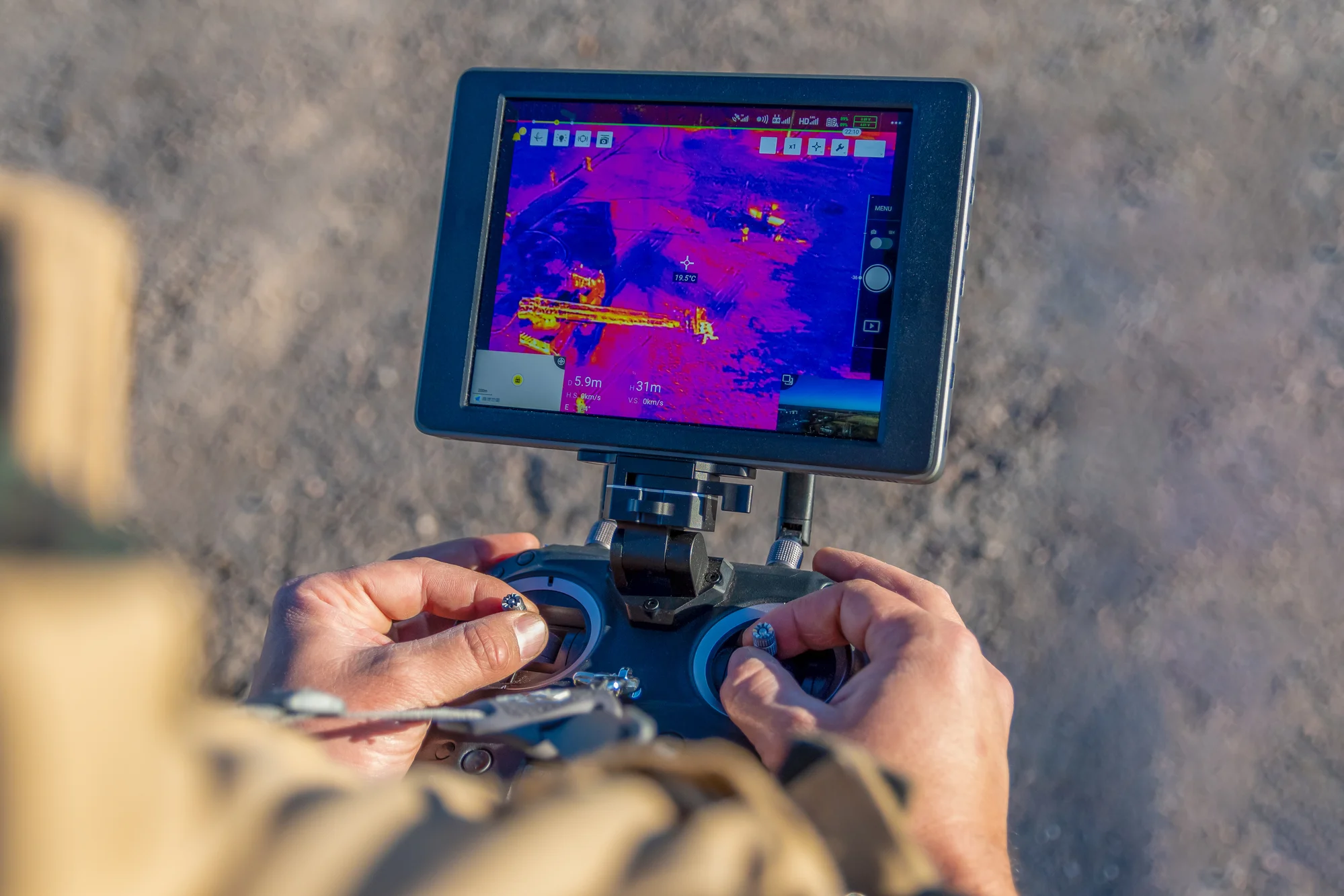Thermal optics has become a breakthrough field in the world of modern technology, having a big influence on many different sectors. Thermal optics and thermal sights have a wide range of uses in the military and defence industry, security, wildlife observation, and even common consumer electronics. The goal of this essay is to introduce readers to thermal optics by examining its underlying science and a wide variety of practical applications.
Describe thermal optics
We can see and identify infrared radiation generated by objects and living things thanks to a technology known as thermal optics, sometimes known as infrared imaging or thermography. Thermal radiation is found in the infrared region of the electromagnetic spectrum, which is the range of electromagnetic energy observable to the human eye. Infrared radiation is emitted by every item with a temperature over absolute zero, making it an effective tool for identifying heat fingerprints.
The Science of Thermal Optics
The infrared detector, commonly referred to as a thermal sensor or microbolometer, is the basic element of thermal optics. The infrared detector turns infrared light into an electrical signal by being sensitive to it. These detectors are built into thermal imaging systems, which provide a real-time image based on the temperature differential between the scene’s various elements.
In thermal optics, there are primarily two types of infrared detectors:
Infrared detectors that have been cooled: These detectors need to be cooled to very low temperatures, frequently with liquid nitrogen or a thermoelectric cooler. Cooling increases the detector’s sensitivity, producing pictures with increased resolution and greater clarity. These systems, however, are larger, more costly, and use more energy.
Uncooled infrared detectors: As the name implies, uncooled detectors don’t need to be cooled. Instead, they make use of microbolometers built of thermosensitive materials. The microbolometer’s resistance alters as infrared radiation strikes it, enabling the instrument to detect and capture a picture of the thermal radiation. Compared to cooling systems, uncooled thermal imaging equipment is often smaller, more cost-effective, and
energy-efficient. However, the image quality may be a little bit poorer. Visit www.plomotactical.com to know more.
Understanding the interpretation of thermal images
Different grayscales or colours in a monochrome picture created by thermal imaging indicate various temperatures. In a thermal picture, a warmer item or surface will seem brighter. On the other hand, colder regions seem darker. Due to this quality, users can detect and recognise things based on their heat signatures even when the environment is difficult to see, such as when there is a lot of smoke, fog, or camouflage.
There are no restrictions on certain lighting conditions or external illumination sources for thermal optics. Instead, it only uses the heat produced by things or live things, making it incredibly flexible and efficient for a wide range of uses.
Conclusion
With its capacity to visualise heat signatures, thermal optics has added a fresh perspective to how we view the environment. The uses of thermal sights are numerous and constantly changing, ranging from consumer electronics to military, security etc. We may anticipate ever more advanced and cost-effective thermal imaging technologies as technology advances, broadening its use and pushing the envelope of innovation in this fascinating area.






